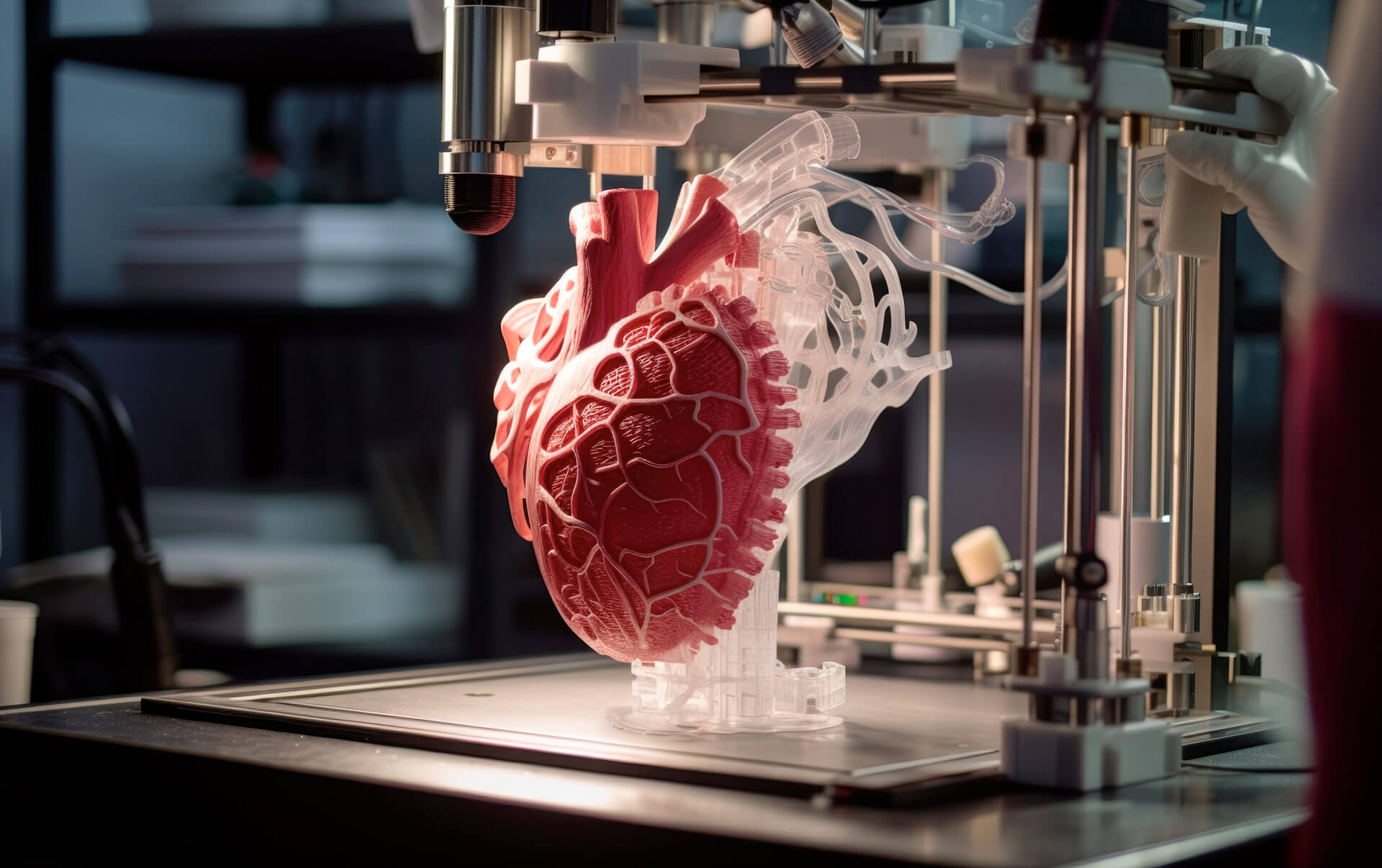Technology and health go hand in hand at levels like we have never known in history. From the development of advanced medical devices to the application of artificial intelligence in medicine, the synergy between technology and health reaches a new level of innovation every day.
The health sector no longer looks with such suspicion at a future marked by trends such as the aging of the population, the increase in mental health care, personalization or the union of different medical disciplines.
Today, we find advances that until recently were unthinkable.
A constant transformation and evolution to guarantee the sustainability of the health system based on ICT. Let us now see to what extent.
Telemedicine, telemonitoring and wearable devices
One of the most notable advances in the relationship between technology and health is the expansion of telemedicine.
Virtual consultations allow patients to access medical care from the comfort of home through video conferencing and mobile applications. This approach has proven to be especially beneficial in emergency situations, such as the latest wave of the COVID-19 pandemic, when social distancing became crucial.
In all of this, portable devices – wearables, such as smart watches and health monitors, play a decisive role.
Thanks to them, people constantly monitor their health by measuring parameters such as heart rate, blood pressure and sleep quality.
The data collected is also shared with health professionals, facilitating the early detection of problems and the management of chronic diseases.
In fact, according to a study carried out by John Hopkins University (USA), wearable devices were able to predict patients’ mortality risk with up to 40% reliability.
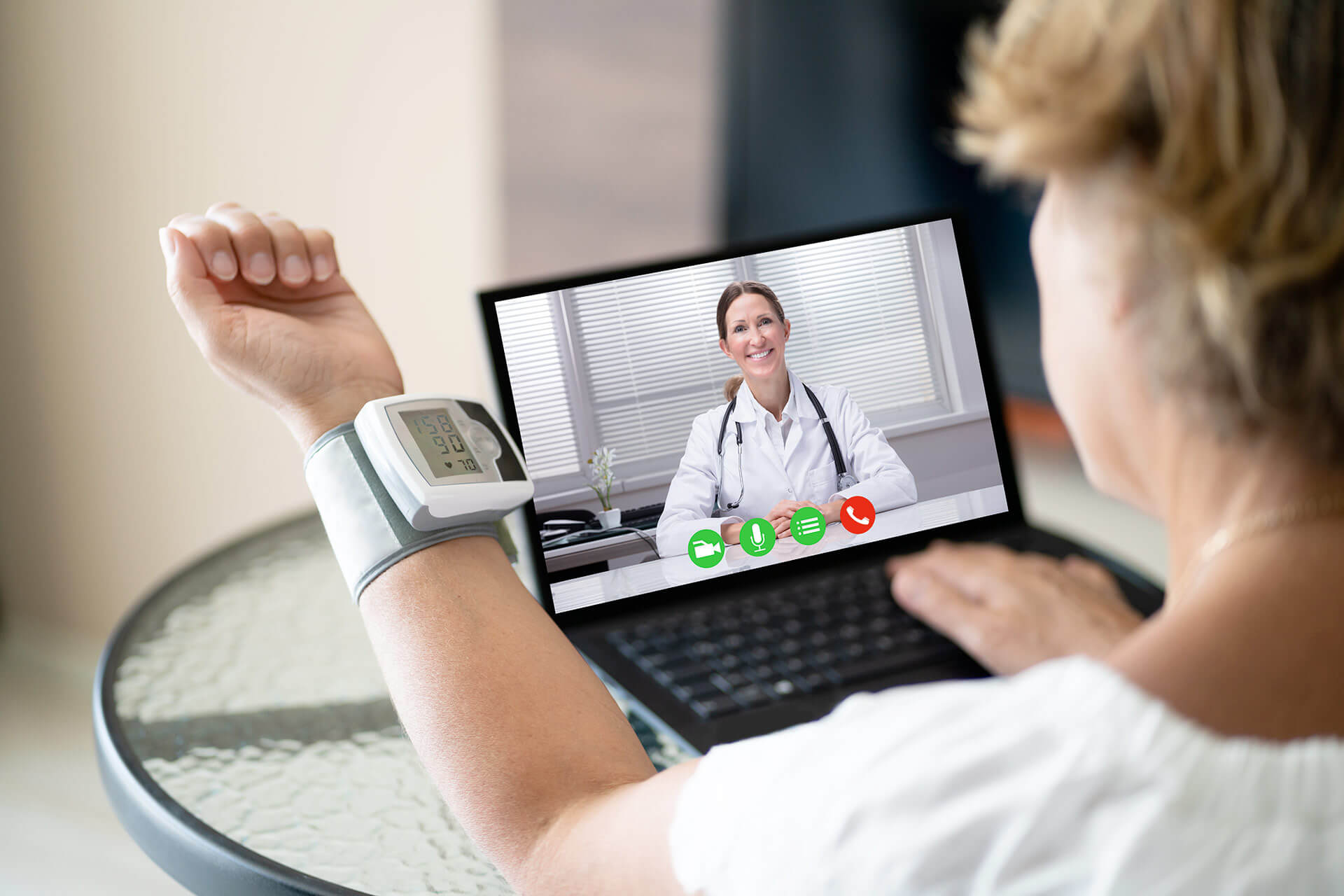
Robotics applied to surgery
Surgical robots have transformed the way medical interventions are performed.
Robotic assistants such as the famous Da Vinci system – the alpha and omega of intelligent operating rooms – or devices developed to improve surgical processes, allow surgeons to operate more precisely, reducing the risk of complications and recovery time.
In turn, telesurgery is becoming a field with enormous potential by allowing surgeons to perform procedures remotely using robotics.
As far as rehabilitation is concerned, the sector already has devices that help recover senses that the patient has lost, exoskeletons or bioimplantable materials, which make it easier to create artificial skin with neural connections that sense touch or imitate nerve networks and vessels blood.
.
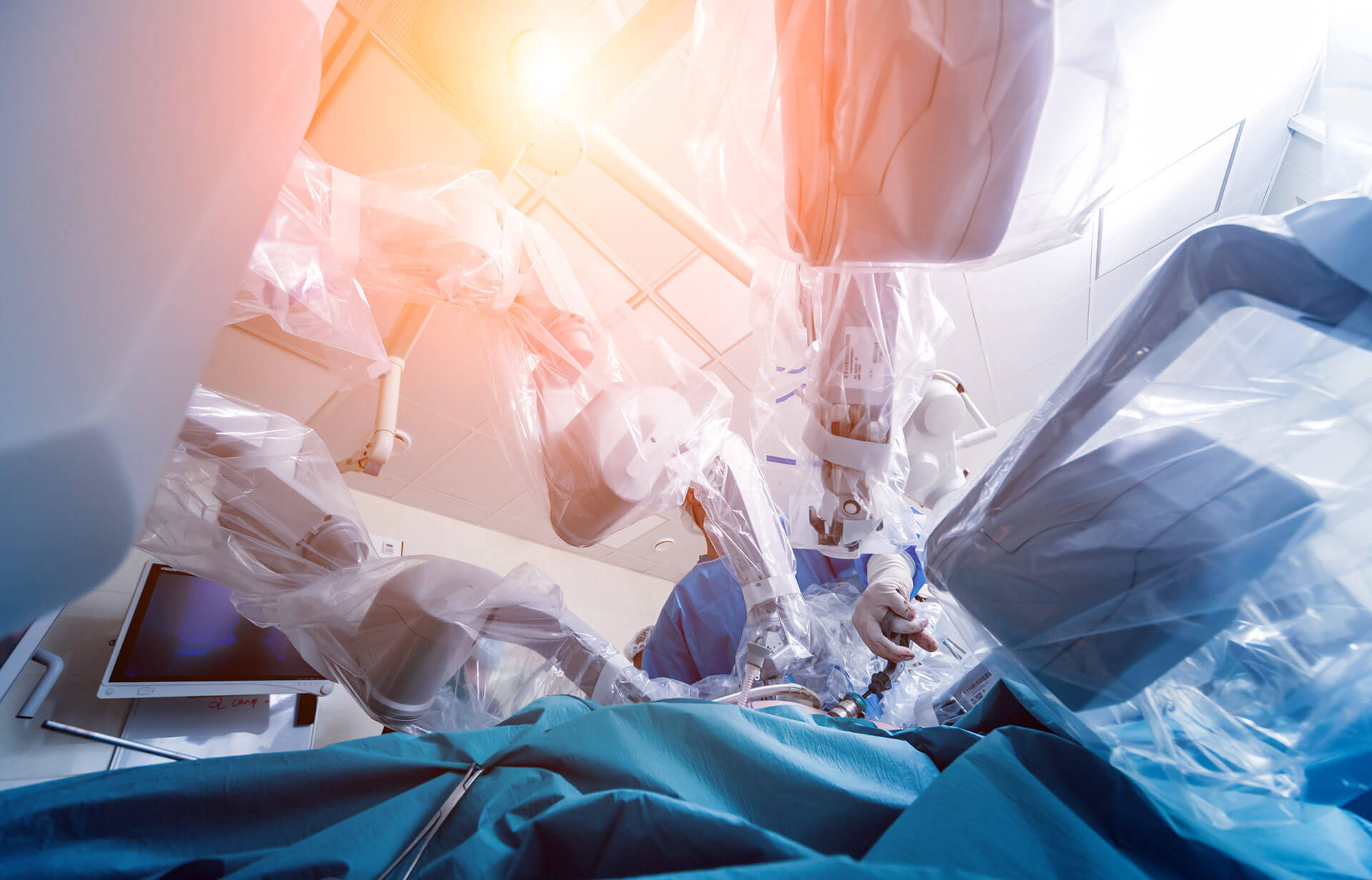
Genome sequencing and deciphering the cellular atlas
After deciphering the human genome, personalized medicine took a spectacular turn. Large–scale DNA sequencing and interpretation of genomic data have led to a greater understanding of diseases and the identification of patient-specific treatments.
Pharmacogenomics, for example, has become a crucial branch of medicine that uses genetic information to personalize drug therapy.
The future now lies in personalized sequencing for medical purposes, that is, the use of information preventively, before the onset of a pathology, to establish changes in lifestyle and to apply targeted therapies based on pharmacogenomics.
This will be crucial in rare diseases, infectious diseases or in fields such as oncology.
But if we have to point the finger at the Moon, the goal is to decipher the cellular atlas.
They are working on this from the Massachusetts Institute of Technology (MIT). Specifically, they are building the first cellular atlas or map of the 37.2 trillion human cells, a path that even Facebook CEO Mark Zuckerberg has joined.
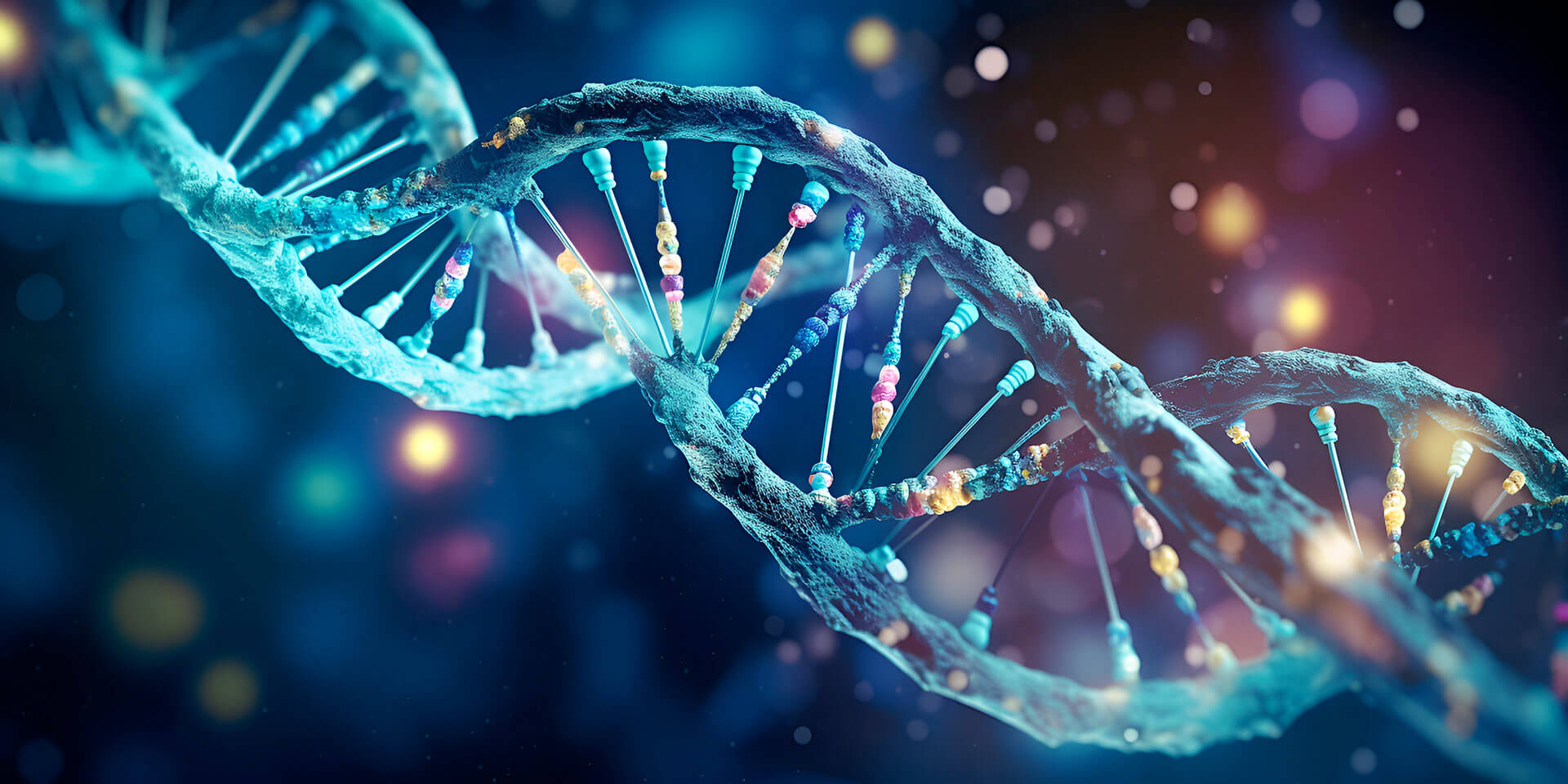
Blockchain, Big Data, medical data analysis and security
The security of medical data has become the glue of the relationship between technology and health.
Starting with a blockchain technology that has stood out as a solution that guarantees the integrity and privacy of electronic medical records. This protects patient information and facilitates secure data exchange between healthcare providers.
In this sense, the impact of Big Data and artificial intelligence (AI) on the current healthcare model is spectacular.
We are talking about an intelligent use of all the information, obtaining a 360º holistic view of the patients, a direct identification of patterns in health results and empowering the patient: having all the clinical information available here and now, with greater interoperability and communication with health personnel
The great challenge is managing a massive amount of health data, exceeding 2000 exabytes (2 billion gigabytes) for 4 years.
As we said, only the use of the blockchain chain can safeguard security, increase transparency, prevent fraud and minimize losses in healthcare systems that combine big data and AI.
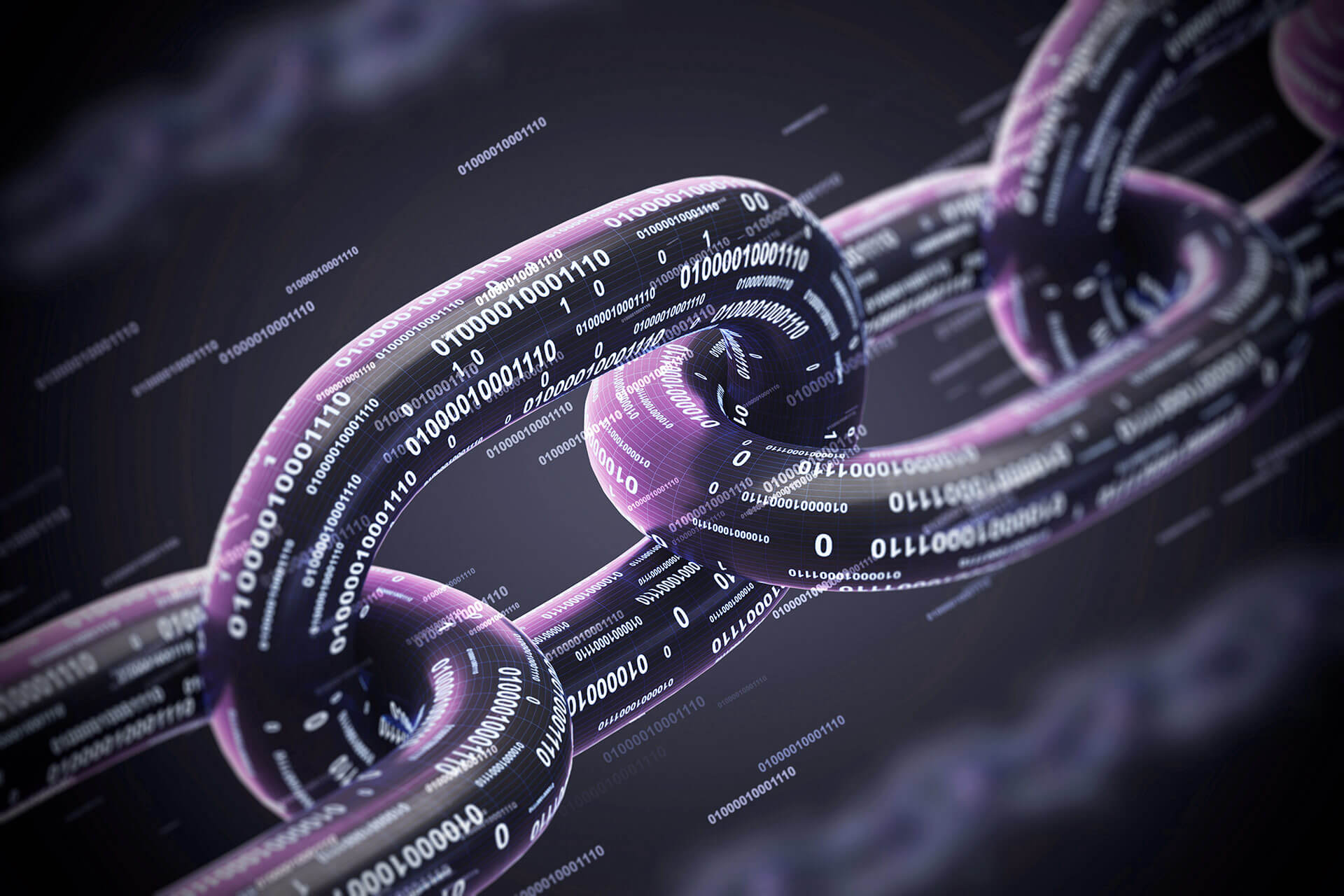
Adapting to technology and society 3.0
Using your smartphone to control your diabetes because you live in a rural area without health care.
Adhesives that use our sweat to measure blood glucose levels.
Drones that deliver insulin right at your door.
Use your smartphone to obtain an image of the retina, analyze it with AI and end diabetic retinopathy.
No, all this is not science fiction. They are solutions that already exist.
3D printing and virtual & augmented reality
3D printing is a revolutionary tool in the manufacturing of personalized medical devices.
From custom prosthetics to 3D printed organ models for surgery planning, this technology has exponentially improved the accuracy and efficiency of medical treatments.
One of the most notable examples is the ergonomic harness for patient mobilization developed by the Ramón y Cajal Hospital, which activates the patient’s muscles so that they regain mobility.
Here we add virtual reality (VR), which is increasingly being used in the rehabilitation of patients with neurological and physical injuries, and augmented reality (AR), a great tool in medical education.
Students and healthcare professionals can use AR devices to explore 3D anatomical models and practice virtual procedures before performing them on real patients.
In short, technological advances in healthcare are transforming the way we rely on technology to take care of our health.
From telemedicine to AI, 3D printing and genomics, among other fields, technology has opened and broken down doors in the prevention, diagnosis and treatment of diseases.
And there is no doubt: as we continue to explore these innovations, more technological advances will benefit us all.
